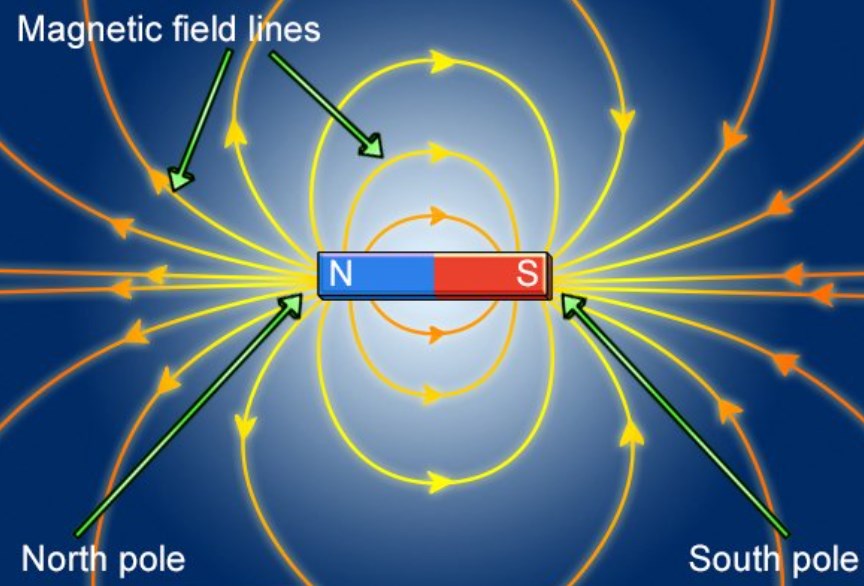The Mystery of North and South Magnets: What Makes Them Attract and Repel?
Magnets have intrigued humanity for centuries with their mysterious ability to exert invisible forces over objects. At the heart of this enigma lies the relationship between the north and south poles of magnets, a phenomenon that has been studied, harnessed, and applied in countless ways. In this article, we will delve into the science behind the attraction and repulsion of north and south magnets, unraveling the mysteries of their magnetic dance.

Understanding Magnetic Polarity
Every magnet, whether natural or man-made, possesses two distinct poles: a north pole and a south pole. These poles are not arbitrary but fundamental to the nature of magnets. The key principle governing their behavior is that poles repel, and opposite poles attract. Let’s break this down:
- Like Poles Repel: If you bring two north poles or two south poles of magnets together, they will push each other away. This phenomenon is akin to the way two positively charged particles in physics repel each other due to their similar charge.
- Opposite Poles Attract: Conversely, when you bring a north pole of one magnet close to the south pole of another, they will be drawn together. This attractive force is reminiscent of the way positive and negative charges attract each other in electrical interactions.
The Magnetic Field Lines
To understand the mechanism of attraction and repulsion, we must introduce the concept of magnetic field lines. A magnetic field is the region around a magnet where its influence can be detected. The field lines provide a visual representation of the magnetic force’s direction and strength.
- Field Lines Around North and South Poles: The magnetic field lines emerge from a magnet’s north pole and return to its south pole in curved loops. These lines are dense near the poles and spread out as they move away from the magnet.
- Interaction of Field Lines: When two magnets are brought near each other, their magnetic field lines interact. Like poles have field lines moving in the same direction, leading to repulsion. In contrast, opposite poles have field lines moving in opposite directions, resulting in attraction.
Atomic Origins of Magnetism
The fundamental origin of magnetism lies at the atomic and subatomic level. In most materials, the magnetic properties arise from the alignment of the magnetic moments of individual atoms. These atomic magnets, or magnetic dipoles, point in random directions in unmagnetized materials. However, in magnetic materials like iron, nickel, and cobalt, these atomic magnets align their moments, resulting in a macroscopic magnet.
Flipping Magnetic Domains
The alignment of magnetic domains plays a crucial role in understanding the behavior of magnets. A magnetic domain is a region within a material where the atomic magnets are aligned. When an external magnetic field is applied, it can cause these domains to flip their alignment. This is why you can temporarily magnetize a piece of iron by stroking it with a magnet.
Applications and Beyond
The understanding of the north and south poles’ attraction and repulsion has led to countless applications, from compasses that help us navigate to the magnetic locks used in everyday life. Scientists and engineers continue to harness these principles to create technologies like magnetic resonance imaging (MRI) and magnetic levitation (maglev) trains.
In conclusion, the mystery of north and south magnets, their attraction, and repulsion can be explained by the principles of magnetic polarity and field lines. It all starts at the atomic level, where the alignment of magnetic moments gives rise to the macroscopic behavior we observe. This fundamental understanding not only enriches our knowledge of the natural world but also drives innovation in various fields, making magnets a fascinating and essential part of our lives.
